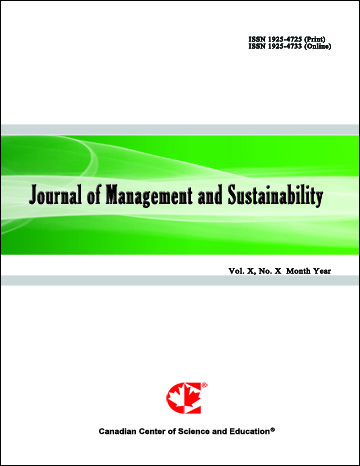Disaster Management and Emergency Response Capability Assessment Indexes in Tanzania; Empirical Evidence from Dar es Salaam City
- Nicholaus L. Mushi
- Fredrick Salukele
- Nicholaus Mwageni
Abstract
The disaster management and emergency response capability assessment are put forth in this study to offer broad guidelines for various emergency management organization types. To evaluate the organization’s capability, five (policy and Legislations, infrastructure, personnel, technology, inter-agency coordination) elements are proposed from the capability assessment results, and suggestions are made for how the elements’ specifics should be. An improved mutual understanding of each agency’s perspective, resources, and capabilities for disaster management and emergency response operations turned out to be a significant advantage for this study. The study applied focus groups, expert consultation, and content analysis to various relevant documents to establish capabilities assessment indexes relevant to disaster management and emergency response capabilities in Tanzania. The application of Delphi method for expert consultations, the weights of indexes were determined using analytic hierarchy process and proportional distribution method. The existing emergency response capabilities were then evaluated and proved to be significant to improve the capabilities to both disaster management and emergency response in the city and Tanzania. To improve the capabilities for disaster management and emergency response operation in Tanzania, the study recommends to harmonize disaster management and emergency response regulations, policies and frameworks to align disaster management and emergency response strategies with international standards and the actual situation in the ground. Also to grab the investment opportunities in disaster management and emergency response infrastructure, technology, deployment of Artificial Intelligence, enhancement of collaborative governance and deep trust building among stakeholders and personnel development by prioritizing the workable systems (early warning, fire protections, public awareness campaigns) and trainings to personnel directly involved in the ground and planning levels.- Full Text:
 PDF
PDF
- DOI:10.5539/jms.v15n1p154
Journal Metrics
Google-based Impact Factor (2021): 1.54
h-index (July 2022): 37
i10-index (July 2022): 147
h5-index (2017-2021): 12
h5-median (2017-2021): 19
Index
- Academic Journals Database
- ANVUR (Italian National Agency for the Evaluation of Universities and Research Institutes)
- CAB Abstracts
- CNKI Scholar
- EconBiz
- Excellence in Research for Australia (ERA)
- GETIT@YALE (Yale University Library)
- Harvard Library
- HeinOnline
- Infotrieve
- JournalTOCs
- LOCKSS
- MIAR
- PKP Open Archives Harvester
- RePEc
- Scilit
- SHERPA/RoMEO
- Stanford Libraries
- UCR Library
Contact
- Evelyn XiaoEditorial Assistant
- jms@ccsenet.org
